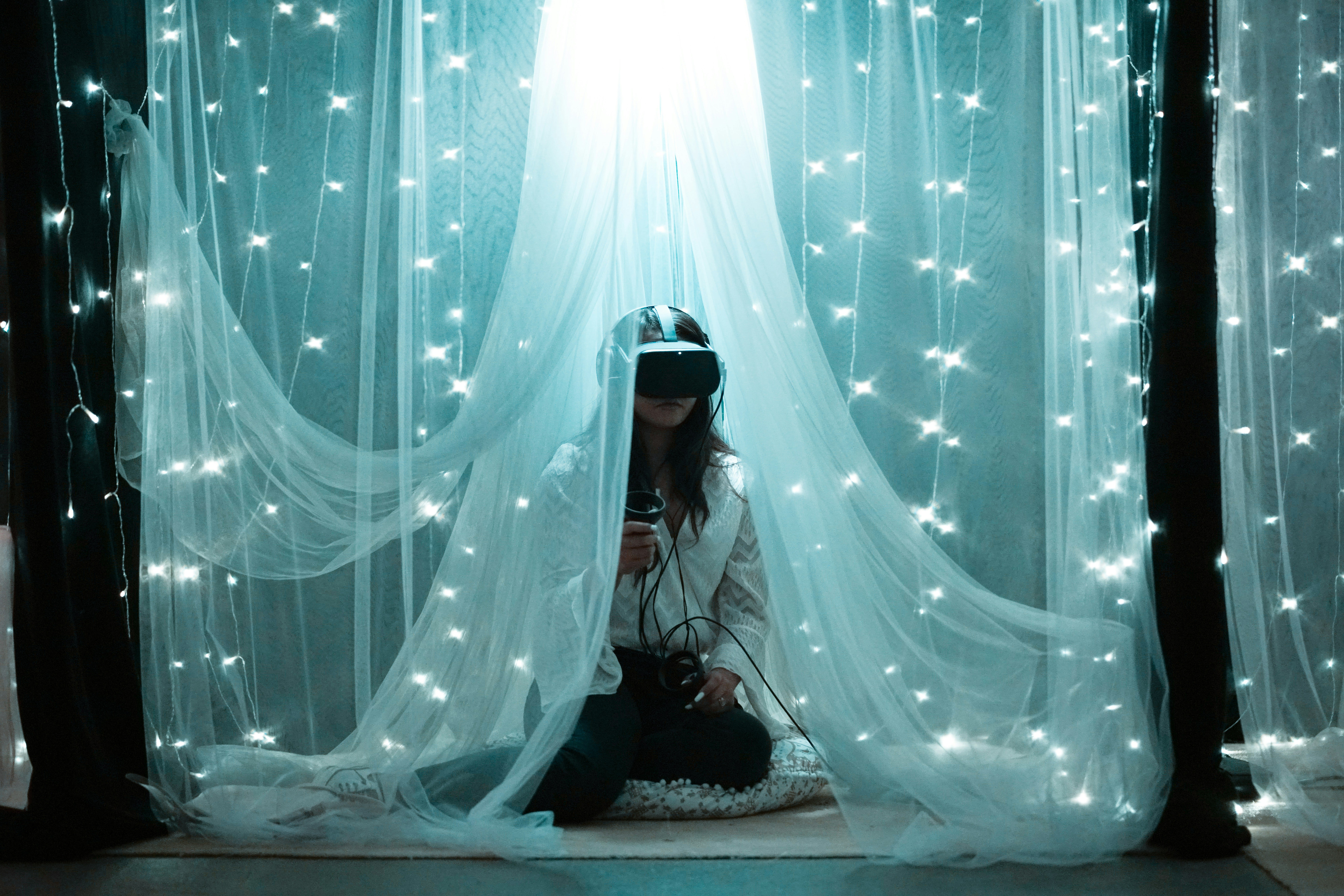Unlocking the Mind: How Virtual Reality is Revolutionizing Mental Health Therapy

The Impact of Virtual Reality on Mental Health Therapy and Rehabilitation
In a world where technology seems to be evolving faster than my ability to keep my plants alive, virtual reality (VR) has emerged as a groundbreaking tool in the realm of mental health therapy and rehabilitation. It’s as if we’ve stepped into a sci-fi movie where therapists can don their VR headsets and take their patients on therapeutic adventures without ever leaving the office. But how exactly is this making waves in mental health treatment? Let’s dive into the virtual ocean of possibilities.
What is Virtual Reality Therapy?
Virtual reality therapy involves the use of VR technology to create simulated environments where patients can confront their fears, practice social skills, or even engage in mindfulness exercises. Imagine being able to face your fear of heights while safely strapped to a chair in a therapist’s office. You could be scaling mountains or standing on the edge of a virtual cliff without ever needing a harness or a guide. Sounds pretty sweet, right?
How Does VR Help with Mental Health?
The benefits of virtual reality in therapy extend far beyond just providing thrilling experiences. Here are some of the key ways VR is changing the game for mental health treatment:
- Exposure Therapy: For those battling anxiety disorders, PTSD, or phobias, VR can simulate the very situations that cause distress. Gradual exposure helps patients desensitize themselves to their fears in a controlled environment.
- Social Skills Training: VR can be used to create social scenarios where individuals with social anxiety can practice interactions. Imagine having a conversation with a virtual friend who doesn’t judge you for accidentally saying “you too” when someone wishes you a nice day.
- Mindfulness and Relaxation: VR can transport patients to serene environments — think beaches, forests, or even fantastical realms where unicorns roam. This allows for immersive mindfulness practices that can help reduce stress and anxiety.
- Rehabilitation: For individuals recovering from addiction or trauma, VR can provide simulations that help them navigate real-world challenges, reinforcing coping strategies in a safe space.
The Science Behind the Magic
While it may seem like we’re just playing video games, there’s solid science backing the effectiveness of VR in therapy. Numerous studies have shown positive outcomes in patients who undergo treatment with VR. For instance, a study published in the journal Journal of Anxiety Disorders demonstrated that VR exposure therapy significantly reduced anxiety levels in individuals with specific phobias.
Moreover, VR therapy can be engaging. Patients often report that the immersive experience makes them more willing to confront their issues. “It’s like a video game,” one patient might say, “but instead of saving the princess, I’m saving my sanity!”
Challenges and Limitations
Of course, with every great innovation comes a few hiccups. VR therapy isn’t without its challenges:
- Accessibility: Not everyone has access to VR technology. While prices are dropping, it can still be a barrier for some patients.
- Motion Sickness: Some users experience discomfort or motion sickness when using VR, which can detract from the therapeutic experience. It’s like trying to enjoy a roller coaster ride while feeling nauseous — definitely not ideal.
- Therapist Training: Therapists need specialized training to effectively use VR in their practice. It’s not just about putting on a headset and calling it a day!
Real-World Applications
Organizations around the world are already harnessing the power of VR for mental health therapy. Here are a few examples:
- The Virtual Reality Medical Center: This organization uses VR to treat PTSD in veterans by recreating combat scenarios in a controlled setting, allowing them to process their experiences safely.
- Oxford VR: This UK-based company has developed VR programs for treating anxiety and phobias that are being piloted in various healthcare settings.
- Bravemind: A VR platform developed at the University of Southern California to help military personnel and veterans process trauma through exposure therapy.
Future of VR in Mental Health
As we look to the future, the potential for VR in mental health therapy seems limitless. Imagine a world where you could attend your therapy sessions from the comfort of your own couch — while still being transported to an interactive, immersive environment! The old stigma of needing to sit in a stuffy office while diving into your feelings could be replaced by a virtual experience that feels more like a gaming session than a therapy appointment.
Moreover, as technology continues to advance, we may see even more sophisticated VR applications tailored to specific mental health conditions. Picture personalized VR experiences that adapt to your unique needs, like a therapist who knows precisely when to throw in a unicorn or two for some levity.
Conclusion
In conclusion, virtual reality is not just a trend; it’s a transformative tool that has the potential to reshape mental health therapy and rehabilitation. Whether it’s helping someone overcome a phobia, practicing social skills, or providing a much-needed escape from reality, VR is proving to be a valuable ally in the world of mental health.
As we continue to explore the intersection of technology and mental well-being, it’s crucial for therapists, patients, and tech developers to collaborate and ensure that these innovations are accessible and beneficial for everyone. So, the next time you hear someone say, “Let’s take this to the next level,” you can confidently respond, “You mean virtually!”
For those of you in the e-commerce world, if you’re looking to enhance your content creation and marketing strategies, don’t forget to check out the autoBlogger app to streamline your blogging process!
Note, this article was written with AI assistance to improve readability and give you, the reader, a better experience! :)
